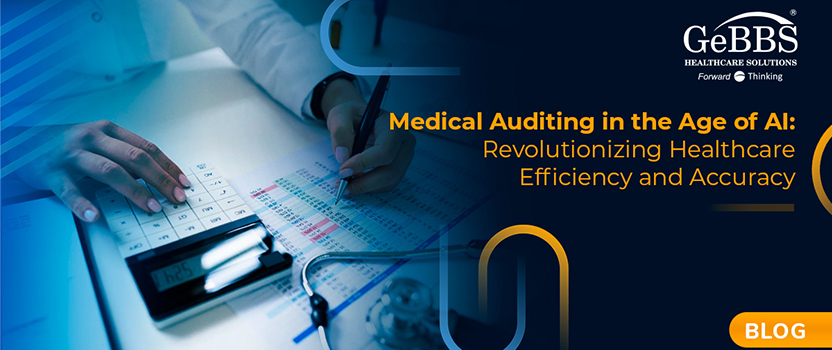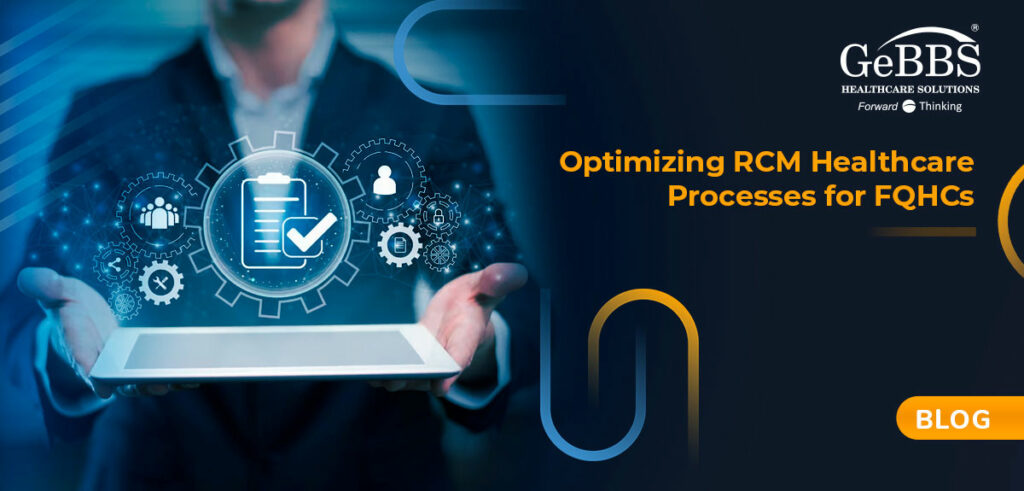As hospitals battle years of declining reimbursement compounded by recent months of debilitating losses as a result of COVID-19, many are not only struggling, but some are in jeopardy of closing their doors. Add to that a shaky future of unknowns as we continue to face uncertainties around what Fall 2020 and Winter 2021 will bring in terms of a “double whammy” and the effects of the flu and the coronavirus will bring, will force many hospital and health system leaders to look for new ways to reduce overhead, capital expenditures, and labor costs. In fact, hospitals across the country are furloughing workers and, in many cases, are announcing layoffs to barely maintain a positive bottom line. With frontline healthcare workers as one of our greatest assets in treating COVID-19, layoffs and furloughs of caregivers should be a last resort when it comes to cost containment measures.
As an alternate option, identifying root cause issues to better enhance and improve key performance indicators throughout the revenue cycle is a better long-term solution for most hospitals and health systems. Here are four important ways that taking a closer look at the various accounts receivable functions of your revenue cycle can help produce short-term gains and long-term results and success towards a strong bottom line.
-
- Foster Payer Relationships: While there are many ways to reduce A/R days, working closely with your top payers is certain to reap rewards. Collaboration between hospital managed care leaders, the business office, and payer partners can help escalate and resolve issues as they arise. Conducting regular meetings and facilitating an open and ongoing dialogue between all parties can help reduce denials, underpayments, and contractual misinterpretations. Over time, these relationships have the potential to help drastically reduce A/R days and improve other key performance drivers.
-
- Focus on Denials Management and Prevention: Claims that are denied can have a significant impact on your A/R cycle (both time involved and reimbursement amounts), and can lead to an increase in your overall cost-to-collect. Ensuring you have a team of qualified denial management and prevention experts to quickly and accurately analyze account history and appeal denied claims is critical. Understanding root cause trends and patterns of deficiency that lead to denials will help reduce aging A/R and significantly improve cashflow. It will also help close the gap on identifying areas, departments, and individuals that need additional training and development to prevent future denials.
-
- Do Your Due Diligence – Credit Balance Resolution: Identifying and resolving all credit balances that may have occurred throughout the billing and collection process is crucial for healthcare organizations. Unresolved credit balance accounts distort profitability and foster several other financial risks that further misrepresent the bottom line. Failure to resolve credit balances in a timely manner can also result in serious financial penalties under the False Claims Act and could result in revocation of an organization’s ability to participate in federal healthcare programs such as Medicare and Medicaid. Credit balances can occur due to a number of issues and errors, including charge entry or coding errors, incorrect billing or collection practices, or duplicate payments made by insurance(s), patients, or both to name just a few. Organizations that employ or partner with experts in credit balance resolution and that know and understand repayment laws and the surrounding complexities of hospital accounting can help avoid penalties and may also uncover other related opportunities for improvement.
-
- Let Technology Help: Customized accounts receivable management and workflow platforms can automate much of the work for you and can also help achieve higher recovery rates, identify un-work accounts, and reduce the overall cost-to-collect. Fully integrated data analytics can provide clear visibility into cashflow, can improve first-time resolution rates, and can even streamline the appeals process by autogenerating appeal letters and tracking appeal status. Using a customized software platform that can provide comprehensive analytics and real-time trending can help isolate A/R to better understand current and future claim status and can also help prevent future denials.
Cleaning up the various A/R functions of the revenue cycle can have a significant and lasting impact on a health system’s financial performance – and may even allow struggling organizations to avoid difficult decisions that may involve workforce reductions or even possibly closures. Not sure where to start? GeBBS Healthcare Solutions has decades of expertise helping healthcare organizations improve their revenue cycle performance. We are proud to offer a no-cost analysis of your accounts receivable (A/R) to help you benchmark against established metrics. Click here to Request for Consultation today.






